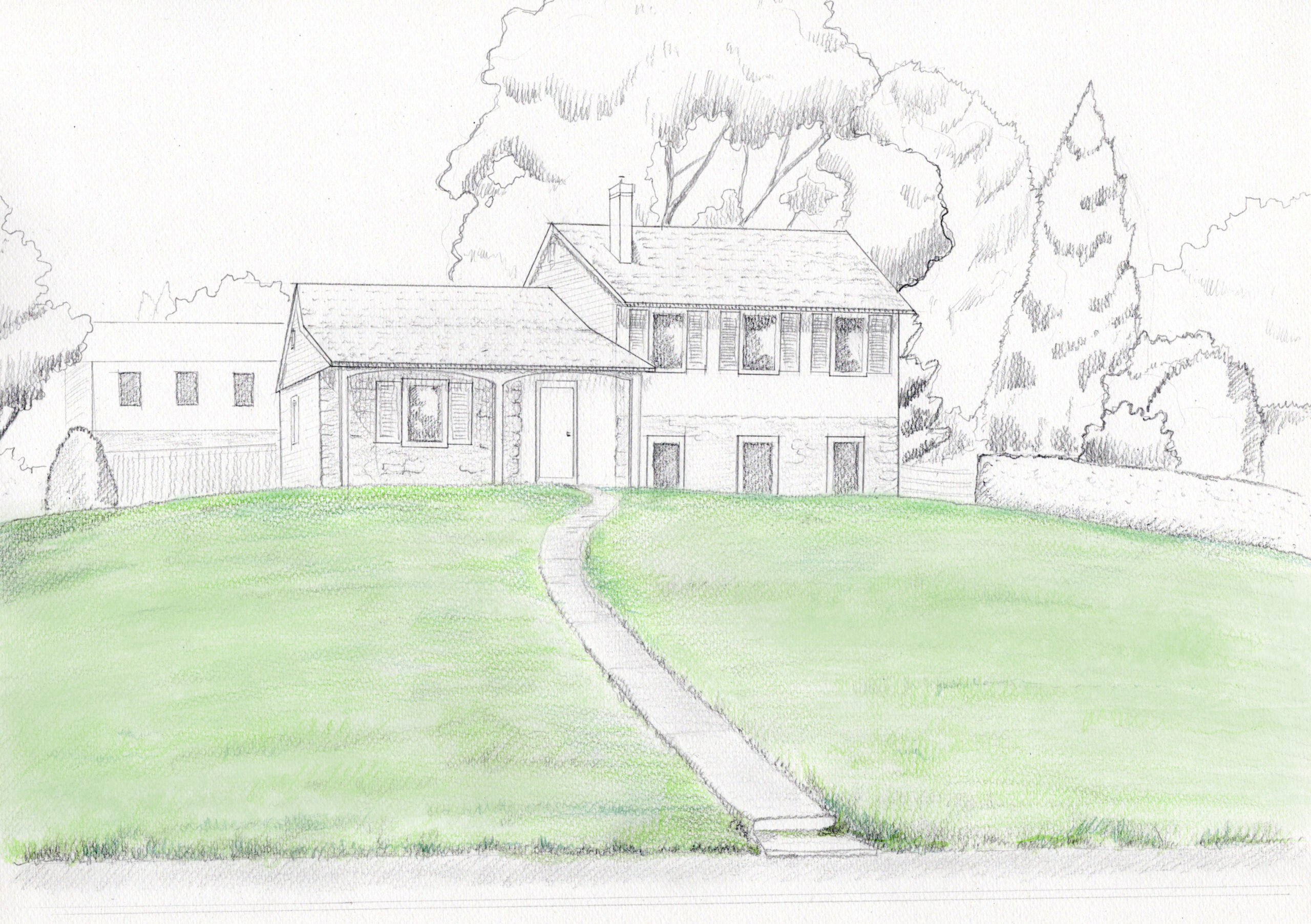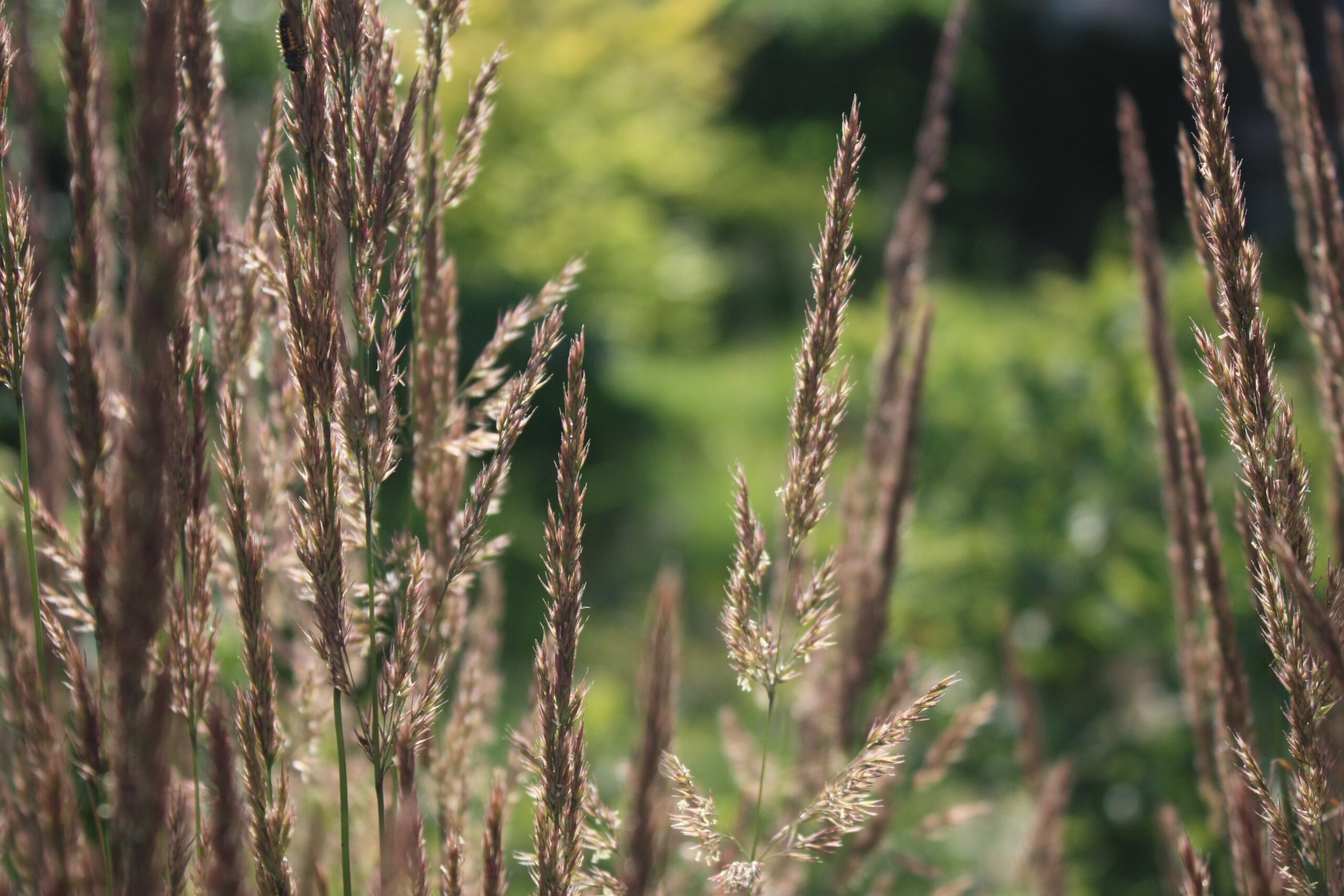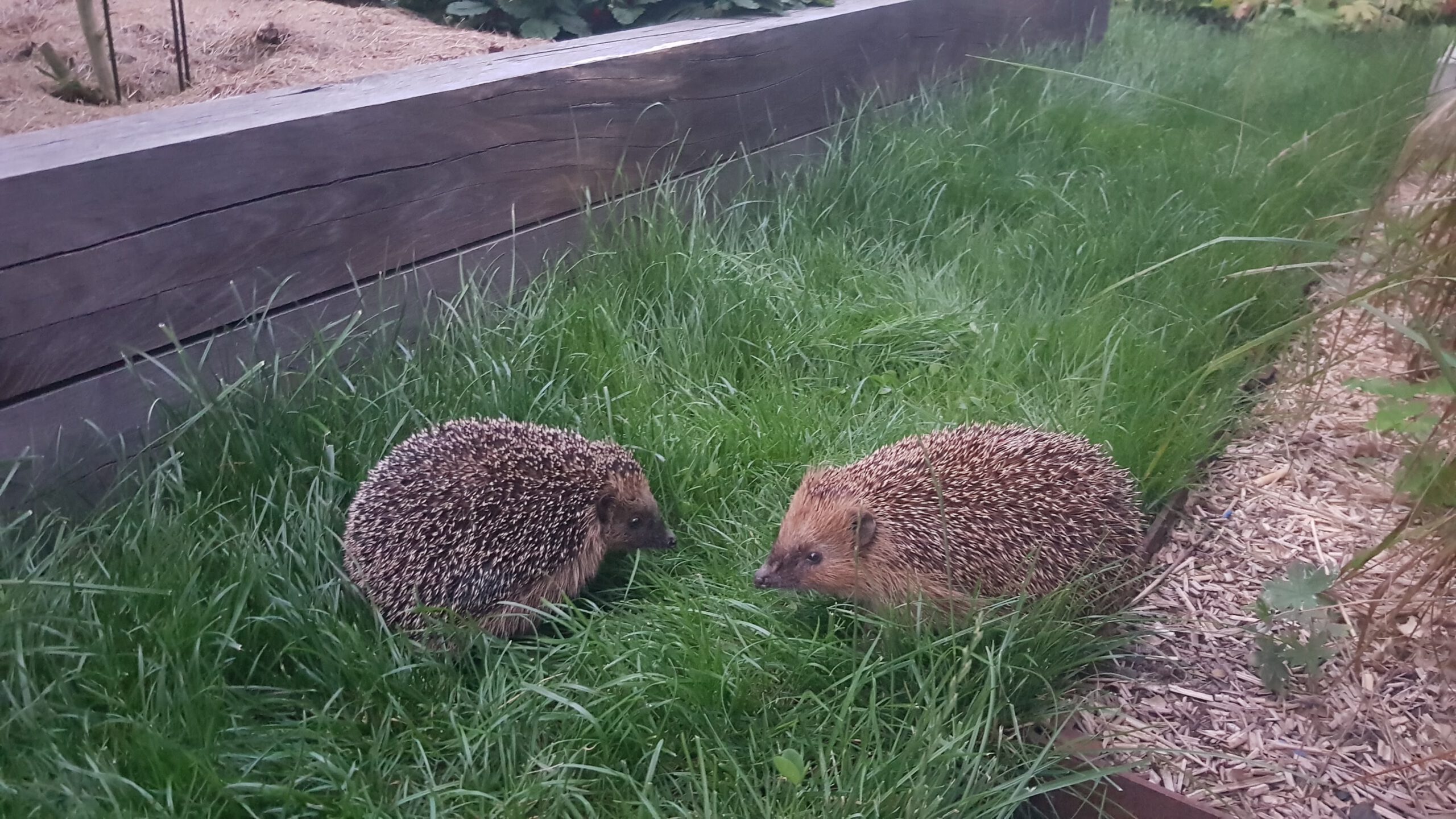Are you an introspective nature lover who would like to create a modern naturalistic garden?
I specialise in garden and planting design for those who:
- Want a stunning garden that can be enjoyed in all seasons
- Are attracted to the simplicity of modern design, but also want their garden to have a natural feel
- Care deeply about the environment
- Long for a tranquil retreat in nature
- Value quality and attention to detail
- Want the process of creating a new garden to be an exciting and positive experience.
Feel at home in a garden that benefits your lifestyle and wild life.
My studio is dedicated to designing ecologically sound gardens that are also beautiful and tailored to the needs and values of my clients. In my designs I contrast evocative planting with graphic lines and clear forms of garden architecture. This juxtaposition enhances the beauty of each aspect of the design while providing visual order.
My zone of genius is designing naturalistic ornamental gardens that don’t require a lot of resources or labour. They are meant for people who are professionally active and have limited time or energy to tend a garden.
Garden with ease
Give back to nature,
get back from nature
Naturalistic planting creates an immersive experience for people and provides habitat for all kinds of wildlife. In this way, gardens help to protect biodiversity.
Science shows that people who live in green spaces are happier and healthier because interacting with nature has an incredible power to rebalance the nervous and immune systems. People find it easier to relax in a natural environment. A garden is the easiest way to benefit from nature on a daily basis.





